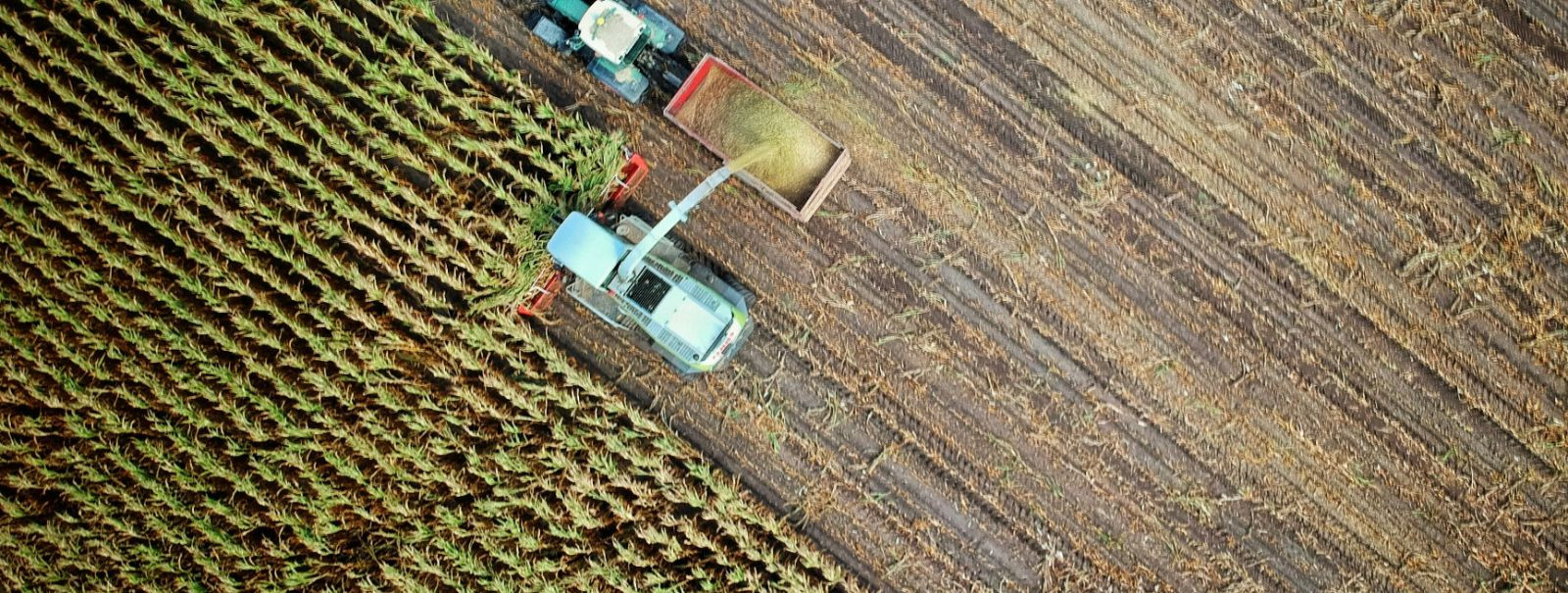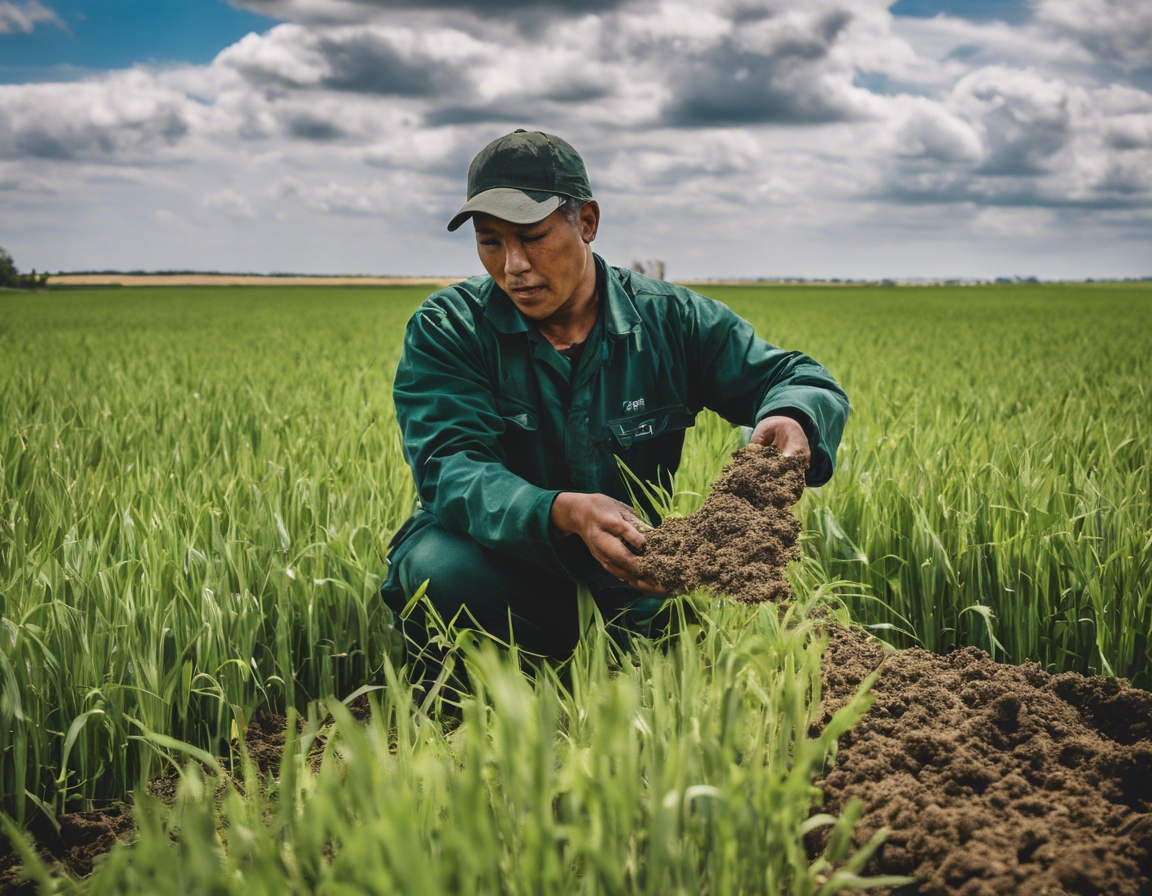5 tips for sustainable landscape management
As the global population continues to rise, the demand for food production increases, making sustainable landscape management an essential practice for small to medium-sized farming operations, eco-conscious landowners, and agricultural businesses. Sustainable landscape management not only ensures the longevity of the land but also supports eco-friendly farming practices that contribute to the overall health of the environment.
Tip 1: Implementing Integrated Pest Management (IPM)
Integrated Pest Management (IPM) is an environmentally friendly approach to managing pests. It combines different management strategies and practices to grow healthy crops and minimize the use of pesticides. The goal of IPM is to manage pest damage by the most economical means, with the least possible hazard to people, property, and the environment.
IPM helps in reducing the reliance on chemical pesticides, which can lead to pesticide resistance and can harm non-target organisms, including beneficial insects, wildlife, and even humans. By using IPM, farmers can achieve a more sustainable agriculture system that is both productive and environmentally sound.
Tip 2: Promoting Soil Health
Healthy soil is the foundation of a productive farm. Techniques such as crop rotation, cover cropping, and the application of organic compost can enhance soil fertility and structure. These practices not only improve the soil's water retention but also encourage a thriving ecosystem of soil organisms.
Soil conservation practices like reduced tillage, terracing, and the use of natural windbreaks can prevent soil erosion and degradation. By protecting the soil, farmers ensure that their land remains productive for future generations.
Tip 3: Water Conservation Strategies
Water is a precious resource in agriculture. Implementing efficient irrigation systems such as drip or sprinkler irrigation can significantly reduce water usage. These systems deliver water directly to the plant's roots, minimizing evaporation and runoff.
Harvesting rainwater and recycling wastewater can provide additional water sources for farming operations. These practices not only conserve water but also reduce the farm's overall water footprint.
Tip 4: Diversifying Crop Production
Diversifying crop production through crop rotation and polyculture can lead to a more resilient farming system. These practices help in breaking pest and disease cycles and can improve soil health by varying the types of crops grown on the land.
Biodiversity is crucial for a sustainable agricultural landscape. A diverse array of plant species can provide habitat for beneficial insects and wildlife, which play a role in pest control and pollination.
Tip 5: Utilizing Renewable Energy Sources
Renewable energy sources such as solar, wind, and biomass can be integrated into farming operations to reduce reliance on fossil fuels. These energy sources can power farm equipment, irrigation systems, and even provide heating for greenhouses.
Adopting renewable energy technologies can lead to long-term cost savings and a reduced carbon footprint. Farmers can take advantage of government incentives and grants to help offset the initial costs of installing renewable energy systems.






Comments (0)